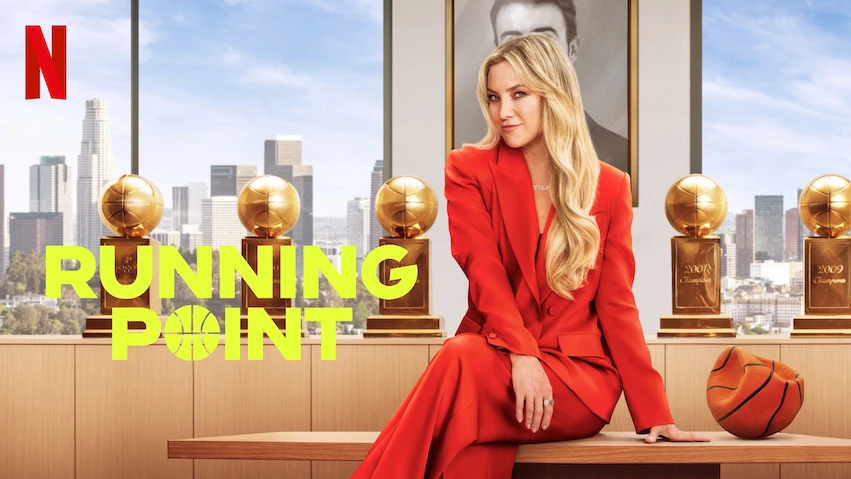The rise of loyalty marketing and consumers shifting to online media has put increasing pressure on traditional ad agencies and broadcasters to deliver measurable ROI to clients.
Advertisers who see consumers TiVo-ing through television ads and downloading their favorite shows for free are demanding real accountability. One of the most compelling arguments for loyalty and database marketing is that you can understand what you get in return for your investment. Agencies and broadcasters are searching frantically for ways to provide that same level of measurable return.
In February 2008, this demand for accountability led the $4.2 billion Nielsen Co., the world’s leading audience-measurement company, to make a “strategic investment” in NeuroFocus, a neuromarketing company.
Neuromarketing, defined as the practice of using brain-scanning technology to measure marketing effectiveness, has applicability to the field of loyalty marketing and CRM in a number of key areas. But why should you care? One reason is to protect your turf. Even as we speak, neuromarketing companies are knocking on your CMO’s door. Every dollar spent scanning consumer brains for their neurological responses to Super Bowl ads is a dollar not spent on data analytics and classic loyalty marketing.
NeuroFocus is merely one of a dozen or so companies that offer neuromarketing services to Fortune 500 clients. Neuromarketing companies fall into three broad categories based on technique:
fMRI scanning: Functional Magnetic Resonance Imaging scanners, weighing in at about 32 tons and costing about $3 million each, measure the level of blood flow to various regions of the brain, showing researchers where the action is.
The ability to provide location-based brain mapping is the primary advantage of fMRI scanning. When researchers expose test subjects to stimuli, they can see exactly which areas of the brain respond.
However, fMRI scanning is expensive—individual sessions can run $15,000 for a test group of 20 subjects. Test subjects are constricted inside the narrow fMRI tube, and since even minute head movements can pollute the results, their movements are restricted, and those restrictions may bias the results. Most importantly, fMRI techniques suffer from time lag due to the delayed response in blood flow to the brain and the time it takes to capture the image.
EEG and biometrics: Electroencephalography (EEG) measures the electrical activity of the brain as recorded by electrodes placed on the scalp. Test subjects wear caps wired with up to 128 sensors designed to capture electrical signals from the brain—2,000 measurements per second, with upwards of 1 billion data points collected for one 30-second television spot. The technology is less intrusive than fMRI and about a third less costly. Companies can perform EEG monitoring on a group of test subjects for about the same cost as a typical focus group.
Among the drawbacks is the poor spatial resolution of EEG brain scans. Electrical activity in the brain is measured almost instantaneously but the poor spatial resolution leaves researchers guessing as to which deeper regions of the brain are active.
Applied neuroscience: Applied neuroscience involves no brain scanning at all. Rather, these firms use the foundations of neuroscience to train marketers and sales teams to design pitches, offers and marketing messages that appeal to the brain on a subconscious level.
My Mind’s Got a Mind of its Own
For the loyalty marketer struggling to meet this year’s revenue goals due to the declining economy, neuromarketing may seem like a trend on the far horizon. But the Fortune 500 is already dabbling in neuroscience, even if they don’t like to talk about it. Neuroscience will become an increasingly visible ingredient of the marketing soup, and arming yourself with a basic knowledge of brain structure can help you improve communications, reward design and may even impact your segmentation strategy. In the next half-decade, look for neuromarketers to wield increasing influence in two key strategic areas of loyalty marketing:
Closing the say-do gap. Loyalty marketers are keenly aware that how consumers say they will behave in focus groups and surveys is often opposed to how they actually behave.
Instead of relying on focus group data in which consumers say they prefer a cash discount to points, you might conduct a neuromarketing test in which test subjects made up of your core demographic audience are exposed to four or five different enrollment offers. With these results, you might then be able to launch an enrollment offer hard-wired to appeal to your customers on a neurological level.
Building better rewards. The human brain is a product of millions of years of natural selection and mutation, a process that has seen it evolve from physical safety-based neurological functions to include higher brain functions that process memories, dreams and desires. In the near future, a basic grounding in the architecture of the brain might become a requirement for designing effective reward catalogs. Traditional focus group research will give way to study of the vast catalog of neurological studies that will tell marketers how to design offers that help customers feel rewarded in ways that they can’t articulate in a survey. Neuroscience will teach us to better manage the communication stream to more directly influence engagement at the subconscious level.
The Neurological Mirror
Despite all of the talk about uncovering the Buy Button, no serious neuroscientist believes that we’ll ever be able to devise marketing messages that turn customers into shopping automatons. Human behavior is too complex to make behavioral predictions.
And therein lies the loyalty marketer’s enduring value. Analyzing transactional data remains the best and most scientifically-vetted way to connect marketing expense to revenue.
There is no doubt that neuroscientists will exert growing influence in consumer marketing. Loyalty marketers will do well to pay attention to the growing body of case studies, take what data is relevant and valuable, and integrate the latest findings into their marketing toolboxes. Like the human brain itself, loyalty marketing will evolve organically. Only the best ideas will survive.
Rick Ferguson ([email protected]) is editorial director of LoyaltyOne.
 Network
Network

